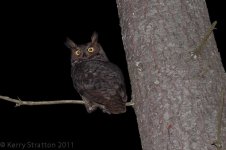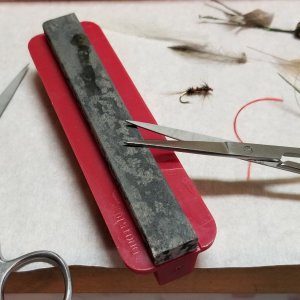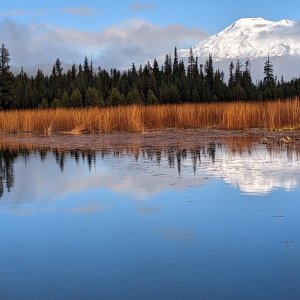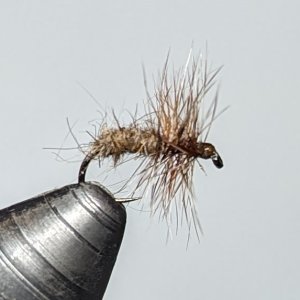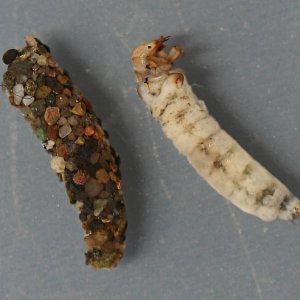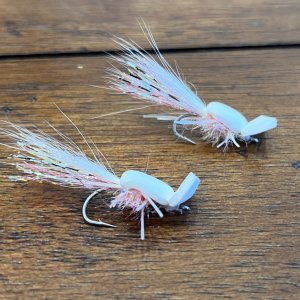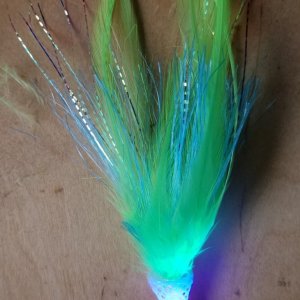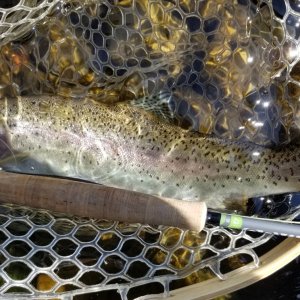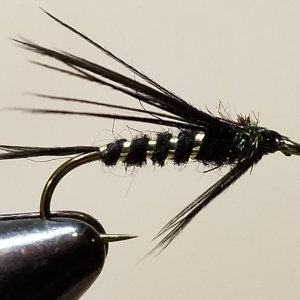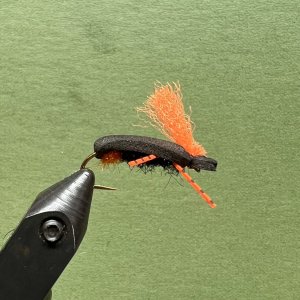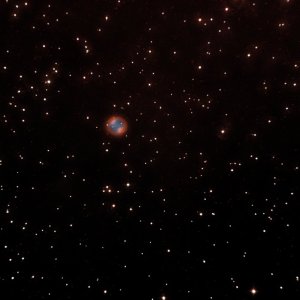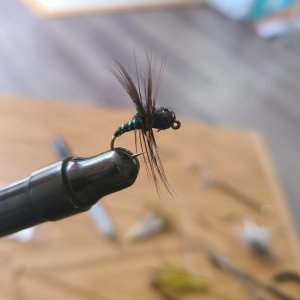Jim in Anacortes
Steelhead
Yesterday I was anchored off a small island near Lopez Island. Two juvenile Golden Eagles gave me a spectacular show. One of them was swooping directly above the boat. The other one was having fun swooping over a wash rock, terrorizing the seagulls. All the gulls would freak out and fly away, only to return moments later. That one Eagle swooped this wash rock about ten times in one hour. Golden Eagles are badass, and they mostly eat mammals, I think that this juvenile was simply having fun harassing the gulls...... In my book, that's good bird watching.

